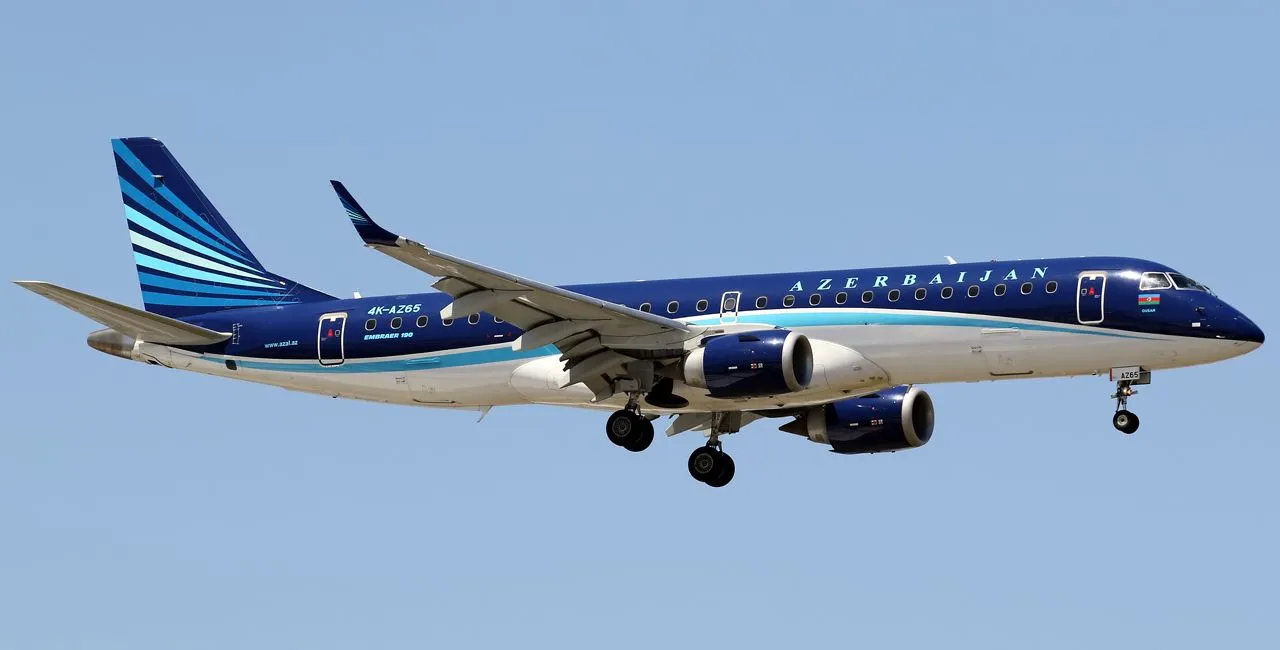There was a second phone discussion on Dec. 28 between Russian President Vladimir Putin and Azerbaijan’s President Ilham Aliyev on the crash of the Azeri airliner over Kazakhstan on Christmas Day. During their first call, Putin had expressed his apologies that the incident had occurred in Russian airspace, but did not say that the plane had crashed due to Russian anti-aircraft activity. Aliyev is now demanding that Russia take responsibility for the accident. “We can clearly say today that the plane was shot down by Russia. This is a fact,” Aliyev said on Dec. 29 in a televised interview, observing that there were holes in the fuselage. He modified the tone, somewhat, by adding, “Again, we are not saying that this was done intentionally, but it was done.”
“If we had seen fair and reasonable steps by Russia in the immediate aftermath of the accident, we probably would not have objected,” Aliyev said. “But we saw that attempts to cover up the case were quite obvious.” In addition to an admission of responsibility by Moscow, he is also asking that Russia punish those responsible and pay compensation for the crash of the AZAL plane.
While the Azeri President is no doubt under pressure at home for clarifying the matter, it cannot be excluded that he is playing his own game with regard to his Russian neighbor. The two countries are also at loggerheads over the more restrictive immigration policy instituted in Russia. In retaliation, Azerbaijan has also restricted the amount of time Russians may stay in Azerbaijan. The role of “outside players” in this situation can by no means be excluded.
Putin also spoke by phone with Kazakh President Kassym-Jomart Tokayev on Dec. 28. “The leaders exchanged condolences in connection with the December 25 crash of an Azerbaijan Airlines plane near the city of Aktau; the plane was carrying Russian and Kazakh citizens on board, among other passengers,” according to the President’s website. “The parties are operating on the premise that Kazakhstan’s government commission, which is investigating the details of the accident, will bring in experts from Russia, Azerbaijan and Brazil for them to read the flight recorders found at the crash site.” (The plane was produced by Brazilian aerospace firm Embraer.)
Kazakh Deputy Prime Minister Kanat Bozumbayev told the country’s leading news agency, Tengrinews, that the airliner suffered damage before it entered Kazakh airspace. “As of this time, according to preliminary data, experts have concluded that the airliner was damaged outside the airspace of the Republic of Kazakhstan. In this context, the investigative task force has commissioned a variety of examinations. Forensic and histological examinations were commissioned earlier. And molecular-genetic examination was also commissioned,” he said, reported TASS.
According to the official, as part of the investigation, the law enforcement agencies of Kazakhstan will conduct ballistic and explosive ordnance examinations. “A total of 17 international experts will be at work. The commission will work transparently and openly so that no one has any doubts,” he said. According to the official, the team includes two experts from Russia, representatives of Azerbaijan and the aircraft manufacturer, specialists from the Center for the Investigation and Prevention of Aviation Accidents of Brazil, the Interstate Aviation Committee and the International Civil Aviation Organization.
Among the unanswered questions regarding the crash are the following: Why was Azerbaijani flight AHY8243 allowed to attempt a landing at the airport in Grozny in the midst of a Ukrainian drone attack? Why did the flight divert to Aktau, some 450 km distant from Grozny on the other side of the Caspian Sea? Was there not another airport inside Russia that the flight could have diverted to and perhaps landed safely without having to travel so far? Unraveling how the events unfolded in the air over Grozny will be key to understanding what happened.




